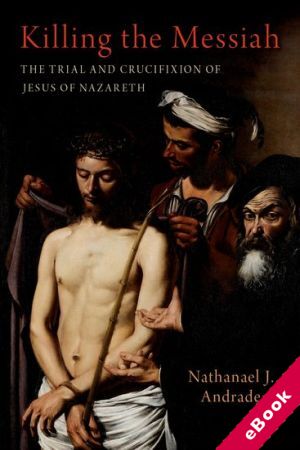
The device(s) you use to access the eBook content must be authorized with an Adobe ID before you download the product otherwise it will fail to register correctly.
For further information see https://www.wildy.com/ebook-formats
Once the order is confirmed an automated e-mail will be sent to you to allow you to download the eBook.
All eBooks are supplied firm sale and cannot be returned. If you believe there is a fault with your eBook then contact us on ebooks@wildy.com and we will help in resolving the issue. This does not affect your statutory rights.
Long ago, on a spring morning in Jerusalem, Pontius Pilate passed judgement on a mysterious preacher. Jesus of Nazareth was nailed to a cross shortly after and died in agony. The effects of this verdict have reverberated throughout the world and have shaped two millennia of history. Even so, the trial remains shrouded in mystery to this day.
The New Testament Gospels are unclear about what charges Pontius Pilate judged. They portray Pilate as embracing Jesus' innocence despite having him killed. We are left with more questions than answers. Why did Pontius Pilate condemn a man he believed innocent? What was Jesus' crime? How should we understand Pilate's role in Jesus' execution? Killing the Messiah addresses these questions and analyzes Pilate's path to crucifying Jesus. It determines why and how Pilate deemed Jesus guilty of criminal behavior and the roles played by various people in ensuring Jesus' crucifixion. It also probes how the personal motivations and social obligations of Pilate and other authorities affected how they assessed Jesus' criminality. To do this, it situates Jesus' trial within the geo-political context of the Roman Middle East.
In the decades before Jesus' lifetime, and throughout the centuries that followed, Roman courts determined the outcomes of millions of trials throughout the region. Jesus' trial took place in the same basic legal apparatus as all of these. By approaching the arrest, trial, and sentencing of Jesus from the perspective of Roman and legal history, this book sheds fresh light on the most famous conviction in world history.